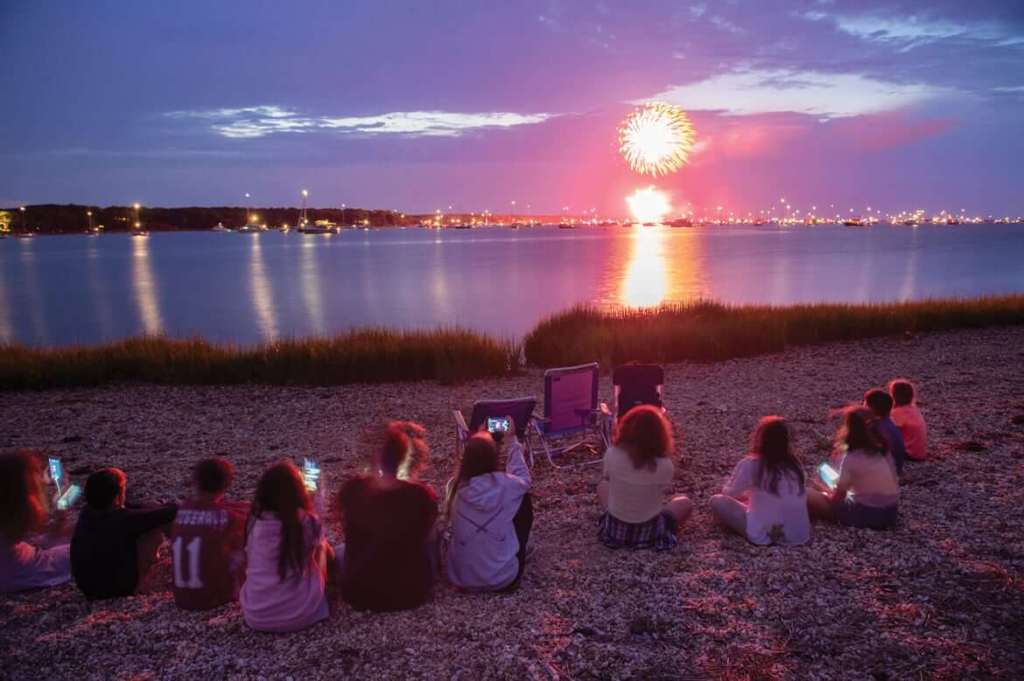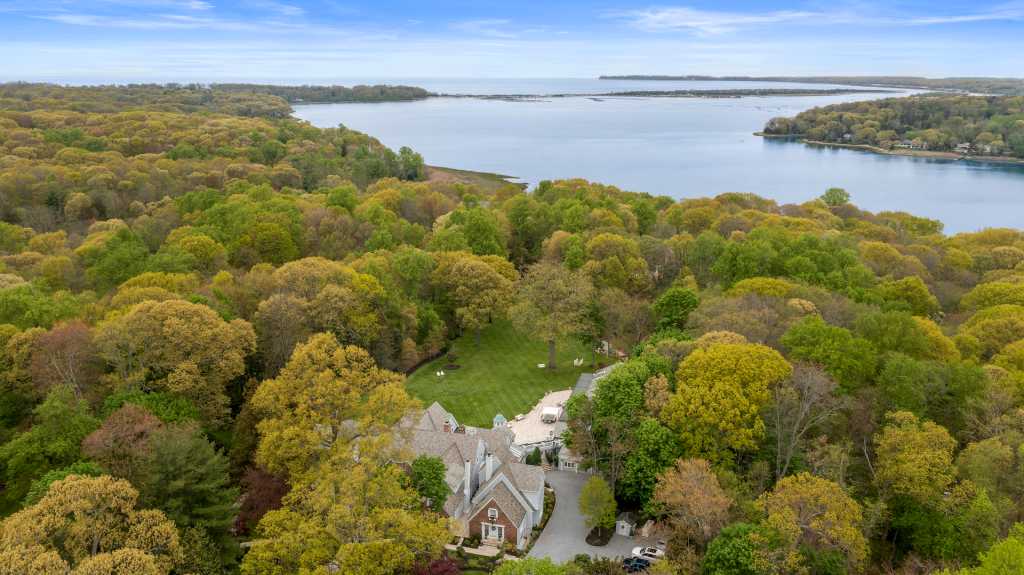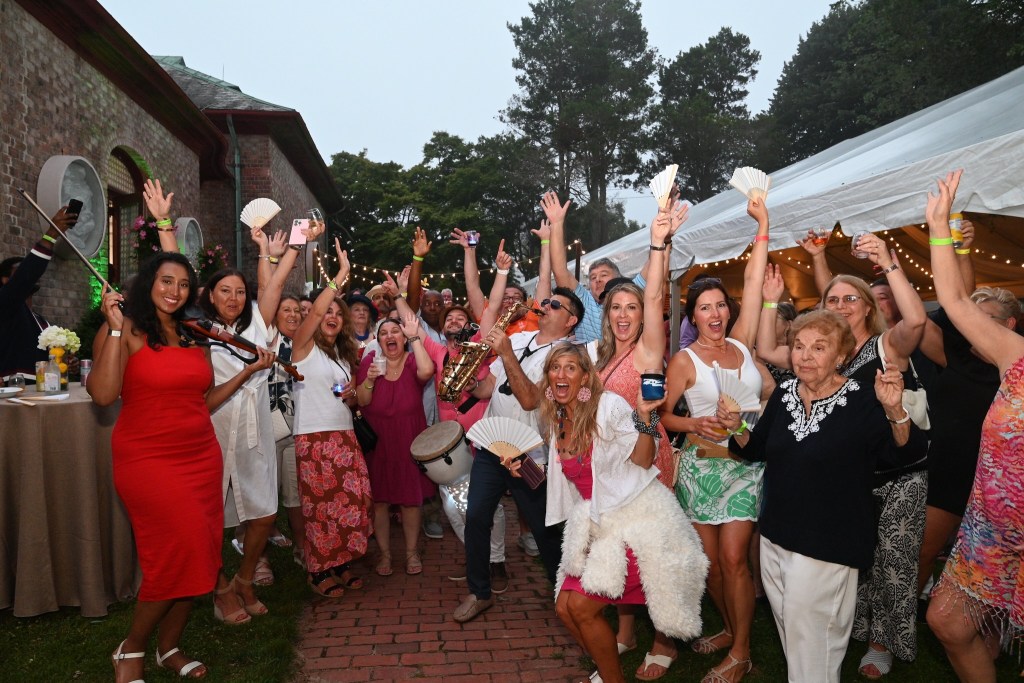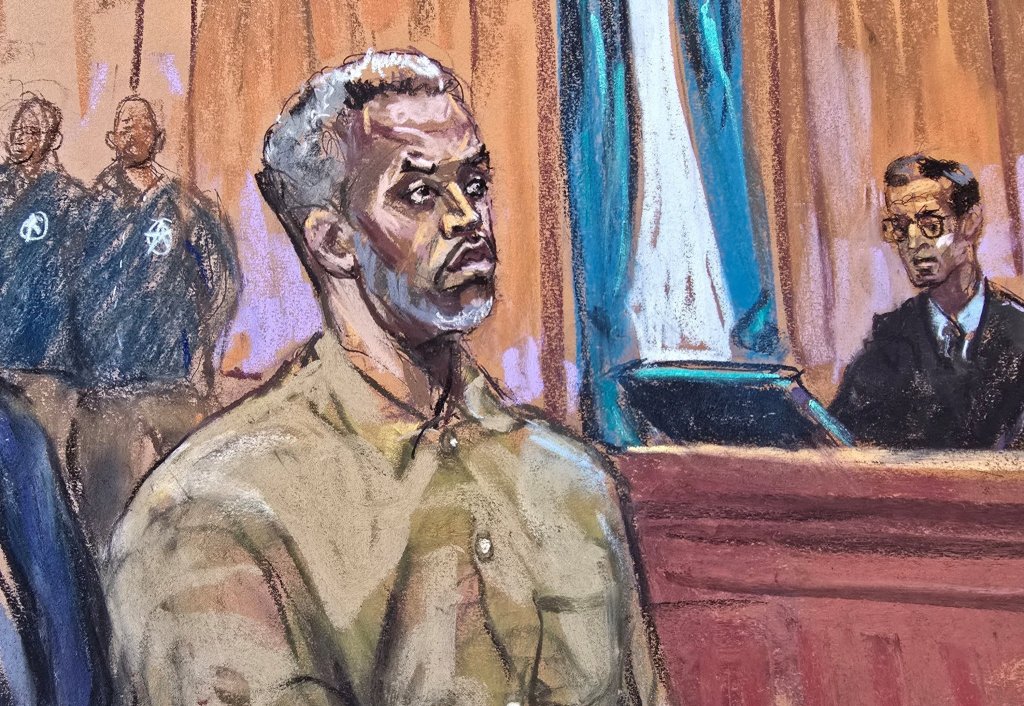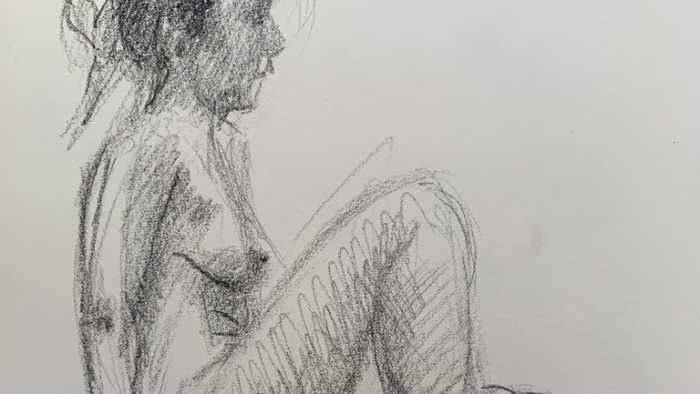Evelyn Alexander Wildlife Rescue Center: New Efforts to Protect Birds from Fatal Window Strikes
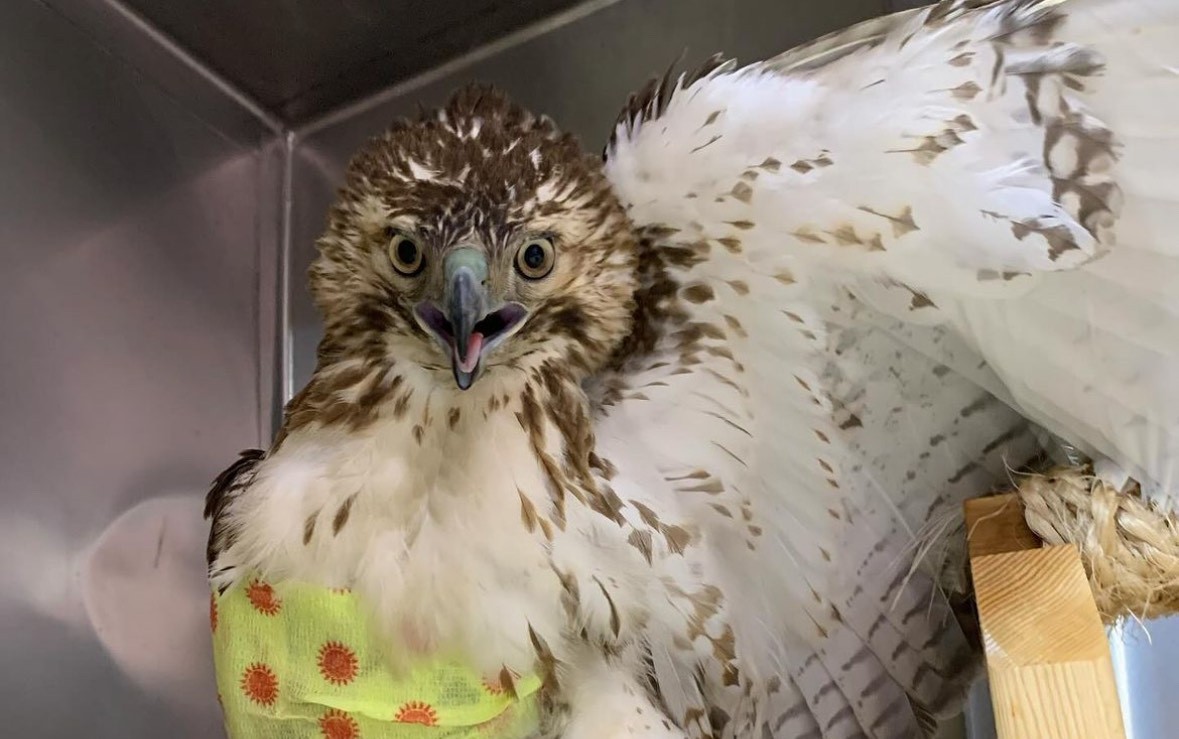
Most people share the common, human experience of accidentally walking into a sliding door and laughing it off, maybe even joking about it with their friends. But when another species experiences this, it isn’t funny, it’s fatal.
Just four years ago, scientists have reported that the number of birds in North America has declined almost 30%, and the cause is often the use of glass walls and windows on houses and buildings, which has only recently been recognized as a growing problem.
In 2023, the Evelyn Alexander Wildlife Rescue Center received over 150 window striking patients, ranging from small songbirds to large red tailed hawks. Recently, the Wildlife Rescue Center had taken in two red tailed hawks, each with their own severe window-related injuries.
Two weeks ago, one was successfully rehabilitated and released after overcoming wing injuries and severe head trauma. The other red tailed hawk was unfortunately not as lucky. After being found on a deck in East Hampton, this hawk suffered a broken wing and intense head trauma. While the wing had healed, despite the intense efforts of the EA Wildlife Center employees, the hawk’s head trauma was too severe and he unfortunately had to be euthanized.
When rehabilitating window stricken patients, the Wildlife Center will typically begin with anti-inflammatory medication for inflammation around parts of impact, usually the wings and head trauma, as well as supplying pain medication when needed. The employees make sure the birds are rehabilitated in quiet, enclosed environments to promote a non-stressful mental state. Small songbirds will be rehabilitated in reptilian mesh enclosures, while larger birds are rehabilitated in large cases. If they suspect parts of the bird’s body is broken, they will perform X-Rays when necessary. Before being released, the Wildlife Center always makes sure the bird’s head trauma does not affect any flying or hunting functions to ensure survival in the wild.
So what causes these unfortunate window striking incidents?
In a suburban area like Long Island, birds of prey often chase small birds into windows. For example, the euthanized red tailed hawk was found near a small bird who unfortunately had also died viewing the window as leading to an open area. The EA Wildlife Center also recommends that when having bird feeders in your background, you should keep them away from any backyard decks with doors and windows as the birds that are attracted to the feeder are more likely to accidentally strike into a window. While birds often collide into lower floors in commercial and residential areas, the concentration of buildings in cities make it more susceptible for birds to window strike.
In cities, tall buildings are borderline reflective, and birds cannot tell that the skyscraper or tall building isn’t open space, sometimes even thinking they are forests as they reflect trees. Migrating birds, are even more susceptible to window striking as well, because these birds fly mainly at night and scientists have proven that bright lights coming from nighttime windows can disorient their vision. Even glass itself is also found to be sometimes completely invisible to birds, and while aiming for open spaces, they just completely crash into it.
Most recently, an atrocity occurred in New York City. Let loose due to an act of vandalism in his exhibit, the famous Eurasian Owl, Flaco, who had been reported missing from the Central park Zoo, was found dead on the sidewalk after colliding with a building on west 89th Street in Manhattan. In his natural habitat, Flaco would have been surrounded by remote mountains with various woodlands, shrubby areas, and wetlands to hunt in. Central Park provided a safe space for the bird, yet after being released into Manhattan, he was unable to navigate the terrain, and fatally struck a window.
The surge in window striking accidents has led to new prevention efforts, such as putting decals on windows so birds don’t get confused. Campaigns to turn off the lights and start using screens on the outside of doors grow as people realize the severity of the situation.
U.S. and Canadian businesses are taking part in “lights out” programs where building managers are instructed to dim lights during spring and fall migrations, where birds are most susceptible to window striking. The first U.S. city to start a Lights Out program in 1999 was Chigaco after following the footsteps of Toronto, which started their program in 1995. Now currently reaching 48 U.S. cities, architects have started taking steps to further the movement, designing buildings that are able to reduce bird collisions by using special glass that birds can see and safely avoid. Another example is architects in Chicago who learned that using special fritted glass instead of the normal ones on buildings helps as well, as the factory-treated glass is decorated with a pattern of ceramic dots or other designs that are visible to birds and still achieve the sleek, glassy window look.
Decorative panels that allow in light yet are completely visible to birds work just as well, and more communities, big and small, are adopting new and compilable ordinances that will require bird friendly glass to be used in new construction.
A Toronto based company called Feather Friendly promotes a way for already constructed homes to help with the window striking issues; a vinyl film they sell allows for homeowners and building owners to use by affixing tiny dots to their windows, making the windows solid to birds. According to Feather Friendly, over the last five years, its sales have increased nearly twenty fold. Proven by a published study in 2022 where a researcher in Stillwater, Oklahoma, applied tiny dots on the side of glass bus shelters, the study found that the dots had reduced bird collisions by 64%.
New York City recently passed a legislation called the FLACO Act and the growing attention his story has brought to the window striking pandemic, the FLACO Act (Feathered Lives Also Count Act). In honor of Flaco, the act requires that all new or significantly altered state-owned or leased buildings must incorporate bird friendly designs into their construction in regards to windows and glass panels outside. For nightime, acts like The Dark Skies Protection Act have started gaining more support recently with the rise in urgency to the situation.
While natural habitat loss for many species is a major concern, with the growing speed of the human race, it will be unavoidable. Providing safer spaces for the species such as birds that are forced to adapt into suburban and city life, will help save the declining populations of American bird species. The best course of action is following the campaigns that have started and listening to local refugees for advice to help stop the tragic bird deaths that occur yearly.
The Evelyn Alexander Wildlife Center, a not-for-profit organization depends on donations to continue rescuing and rehabilitating Long Island’s wildlife year round. Dedicated to reducing the threatening impact of humans on wildlife, the refugee can only function with your help. The center is located at 228 West Montauk Highway, Hampton Bays. It can be reached at 631-728-4200, and animal emergencies can be reported at 631-728-WILD (9453). The center is open 9 a.m.–5 p.m. seven days weekly. Visit wildliferescuecenter.org for info.
